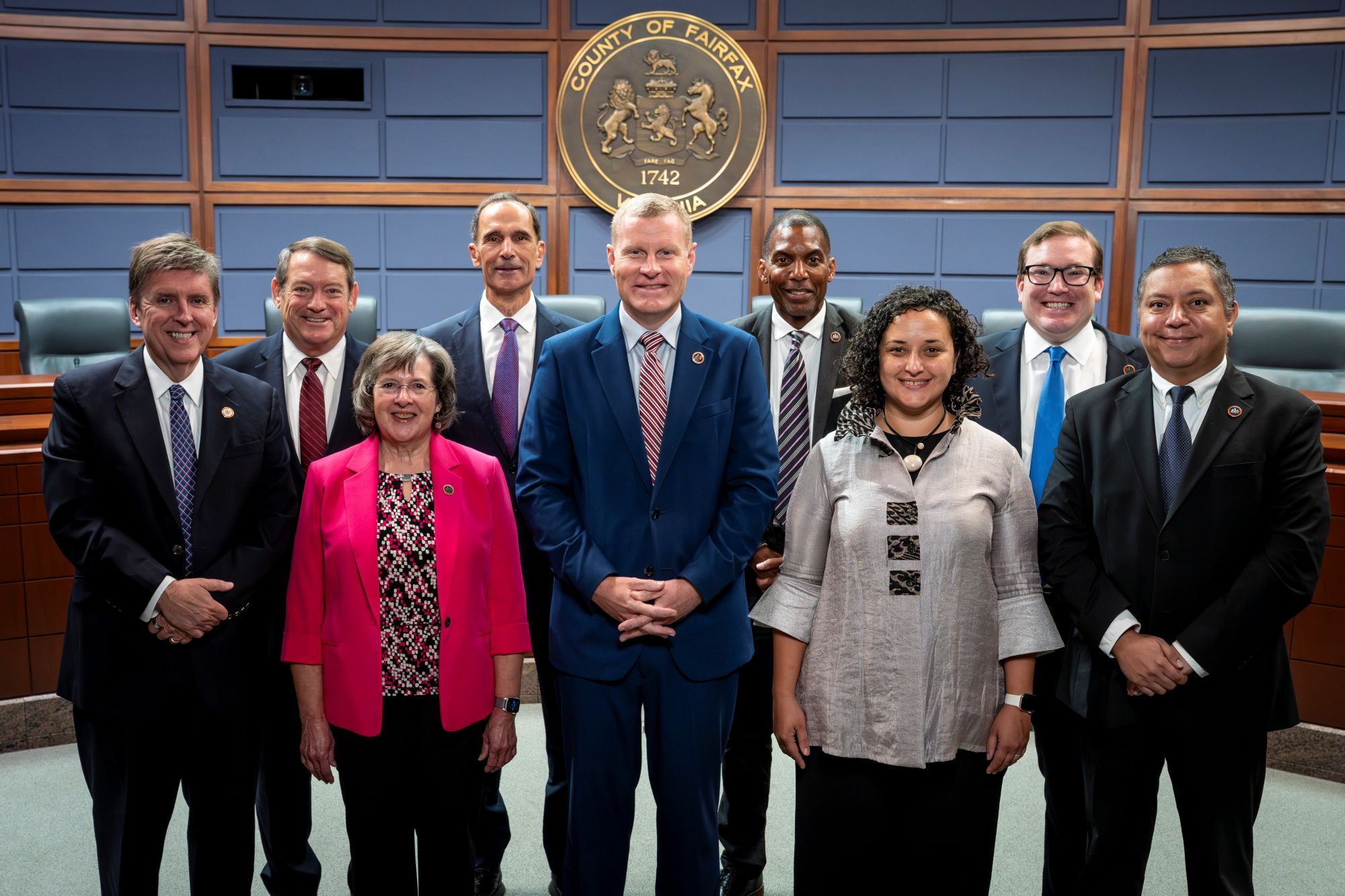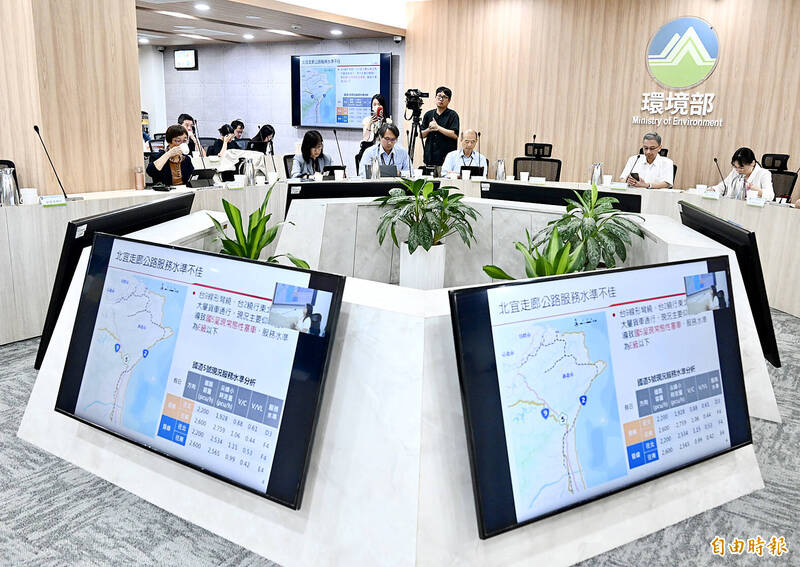
Report on Environment and Natural Resources Policy Bill
The recently passed environment and natural resources policy bill in Minnesota includes several provisions aimed at promoting sustainable development and achieving the Sustainable Development Goals (SDGs). The bill, sponsored by Rep. Rick Hansen, focuses on various aspects of environmental policy and has significant implications for the state’s natural resources.
Digital Licenses and Conservation Efforts
One of the key provisions of the bill is the introduction of digital licenses for outdoor activities such as hunting, fishing, and snowmobiling. This move eliminates the need for physical documents, display stickers, and hunting tags, making the licensing process more efficient and environmentally friendly.
The bill also emphasizes the importance of conservation efforts by distinguishing between native fish and invasive species. It establishes protections for native rough fish, which have been a part of the state’s ecosystem for centuries, while allowing for measures to control and prevent the spread of invasive species.
Board of Water and Soil Resources
The bill includes several updates and modifications to existing laws that impact the Board of Water and Soil Resources (BWSR). These changes aim to enhance the board’s jurisdiction and improve its ability to manage water and soil resources effectively.
One notable amendment addresses the definition of waters that are not public but hold public value. This amendment was adopted in response to a recent U.S. Supreme Court decision that narrowed the scope of the Clean Water Act. By aligning with the previous level of protection in headwater areas, the bill aims to ensure the state maintains its commitment to water conservation and quality.
However, an amendment to grant the board authority over buffer zones in certain cases failed. Critics argue that local control has been successful, with a high compliance rate among landowners in implementing buffer zone regulations to reduce runoff. They believe that maintaining local involvement and collaboration is crucial for effective land management.
Conclusion
The environment and natural resources policy bill in Minnesota, passed by the House and awaiting approval from the Senate, addresses various environmental concerns and promotes sustainable development. By incorporating provisions related to digital licenses, native fish conservation, and effective management of water and soil resources, the bill aligns with the SDGs and aims to create a more environmentally conscious and resilient state.
SDGs, Targets, and Indicators in the Article
1. Which SDGs are addressed or connected to the issues highlighted in the article?
- SDG 14: Life Below Water – The article mentions provisions that protect native fish and address invasive species, which are related to the conservation and sustainable use of marine resources.
- SDG 15: Life on Land – The article discusses measures to strengthen manure management and prevent the invasion of feral pigs, which are connected to the sustainable management of terrestrial ecosystems.
2. What specific targets under those SDGs can be identified based on the article’s content?
- SDG 14.2: By 2020, sustainably manage and protect marine and coastal ecosystems to avoid significant adverse impacts, including by strengthening their resilience and take action for their restoration, to achieve healthy and productive oceans – The provisions mentioned in the article aim to protect native fish and prevent the spread of invasive species, contributing to the sustainable management and protection of marine ecosystems.
- SDG 15.5: Take urgent and significant action to reduce the degradation of natural habitats, halt the loss of biodiversity, and protect and prevent the extinction of threatened species – The measures discussed in the article, such as strengthening manure management and setting up barriers to feral pig invasion, contribute to reducing habitat degradation and protecting biodiversity.
3. Are there any indicators mentioned or implied in the article that can be used to measure progress towards the identified targets?
- Indicator for SDG 14.2: Number of invasive alien species per unit area – The article mentions provisions to address invasive species, indicating a focus on reducing the number of invasive species in marine and coastal ecosystems.
- Indicator for SDG 15.5: Proportion of important sites for terrestrial and freshwater biodiversity that are covered by protected areas, by ecosystem type – The article discusses measures to protect native fish and prevent the invasion of feral pigs, indicating efforts to increase the coverage of protected areas for terrestrial biodiversity.
Table: SDGs, Targets, and Indicators
| SDGs | Targets | Indicators |
|---|---|---|
| SDG 14: Life Below Water | 14.2: By 2020, sustainably manage and protect marine and coastal ecosystems to avoid significant adverse impacts, including by strengthening their resilience and take action for their restoration, to achieve healthy and productive oceans | Number of invasive alien species per unit area |
| SDG 15: Life on Land | 15.5: Take urgent and significant action to reduce the degradation of natural habitats, halt the loss of biodiversity, and protect and prevent the extinction of threatened species | Proportion of important sites for terrestrial and freshwater biodiversity that are covered by protected areas, by ecosystem type |
Copyright: Dive into this article, curated with care by SDG Investors Inc. Our advanced AI technology searches through vast amounts of data to spotlight how we are all moving forward with the Sustainable Development Goals. While we own the rights to this content, we invite you to share it to help spread knowledge and spark action on the SDGs.
Fuente: house.mn.gov

Join us, as fellow seekers of change, on a transformative journey at https://sdgtalks.ai/welcome, where you can become a member and actively contribute to shaping a brighter future.





